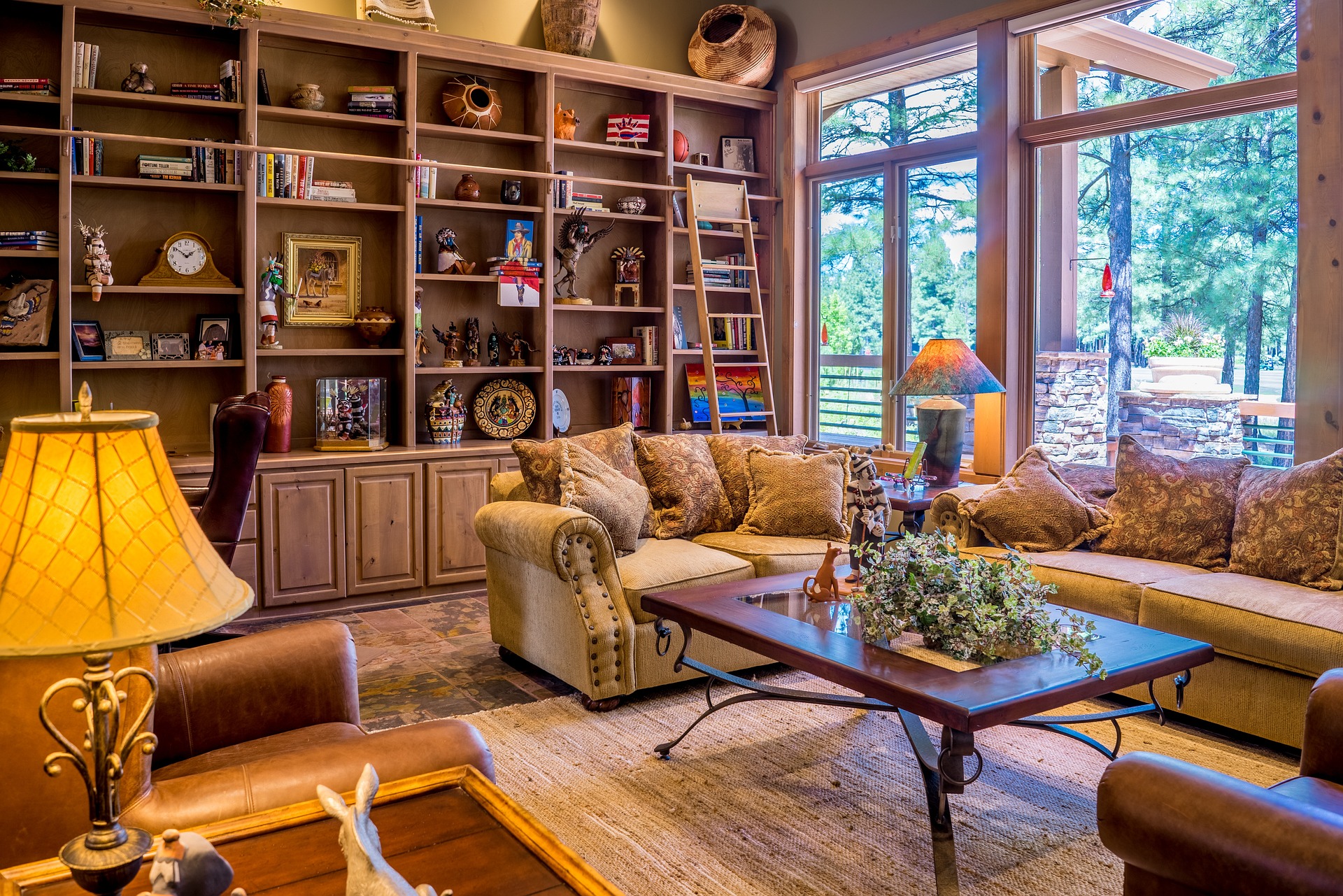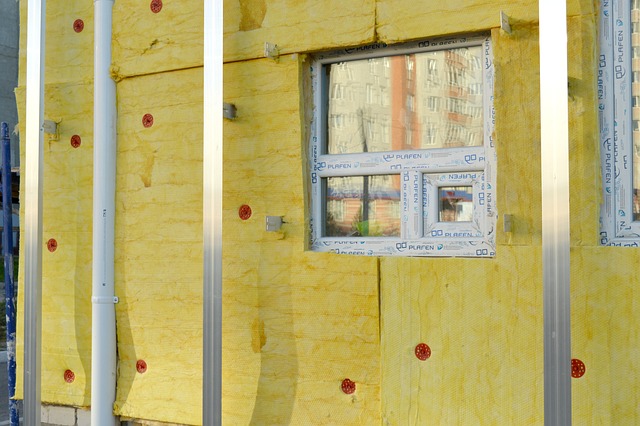Living Walls: Transforming Urban Living Spaces through Vertical Gardens
As urbanization continues to intensify, city dwellers yearn for greenery in their concrete jungles. The solution? Living walls—vertical gardens that bring a splash of nature into urban homes. This trend is not merely a modern innovation; it has deep historical roots and offers numerous practical benefits.
The History and Development of Living Walls
Living walls, also known as green walls, have a rich history. The Hanging Gardens of Babylon, one of the seven wonders of the ancient world, is perhaps the earliest example of vertical gardening. In the 1930s, landscape architect Stanley Hart White, developed the concept of “Biotecture,” paving the way for modern living walls.
Over time, living walls have evolved significantly. In the 1980s, French botanist Patrick Blanc popularized the concept and developed a system for growing plants vertically without soil. Today, living walls have become a popular feature in urban homes, offices, and public spaces, providing aesthetic appeal and environmental benefits.
Contemporary Living Walls: A Flourishing Trend
With urban living spaces shrinking, homeowners are increasingly looking to maximize space, and living walls offer a creative solution. They provide a natural, tranquil atmosphere amidst the urban hustle, adding visual interest to indoor and outdoor spaces alike.
What’s more, living walls are highly versatile. They can incorporate a variety of plant species, from lush ferns to vibrant succulents, allowing for personalized design. They can also be installed in various locations, including walls, balconies, and even ceilings, making them a flexible design element.
Practical Benefits and Market Trends
Living walls do more than just beautify spaces—they offer practical benefits. Research shows that they improve air quality by filtering out pollutants and producing oxygen. They also provide natural insulation, reducing energy costs for heating and cooling, and help reduce noise pollution—an added bonus in bustling cities.
The market for living walls is projected to grow at a steady pace. As more people become aware of their benefits and as technology improves, it’s likely that this trend will continue to flourish.
Enhancing Urban Living with Living Walls
Living walls are more than just a trendy design feature—they are a practical solution to urban living challenges. They bring nature into homes, improving mental wellbeing and creating a serene ambiance. They also offer environmental benefits, improving air quality and reducing energy consumption.
In the future, we can expect to see more innovative applications of living walls, further enhancing urban living. Whether it’s a compact wall garden in a small apartment or an expansive green wall in a corporate office, living walls are transforming spaces and bringing nature back into our lives.
Conclusion
Living walls represent the perfect blend of design, functionality, and sustainability. They offer a unique solution to the challenges of urban living, providing a touch of nature in concrete jungles. With their rich history, current popularity, and promising future, living walls are not just a passing trend—they are a transformative design movement that is here to stay.





